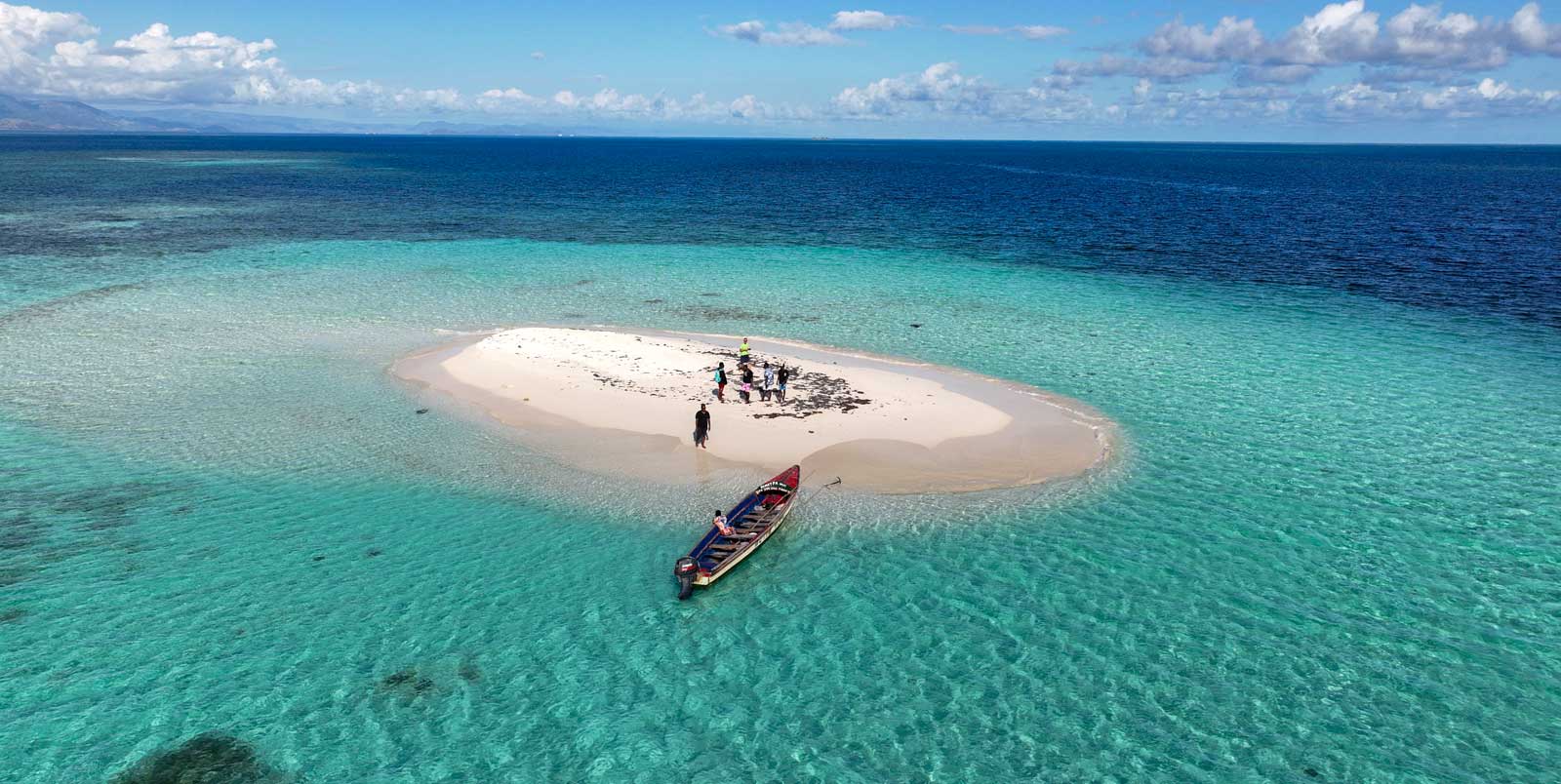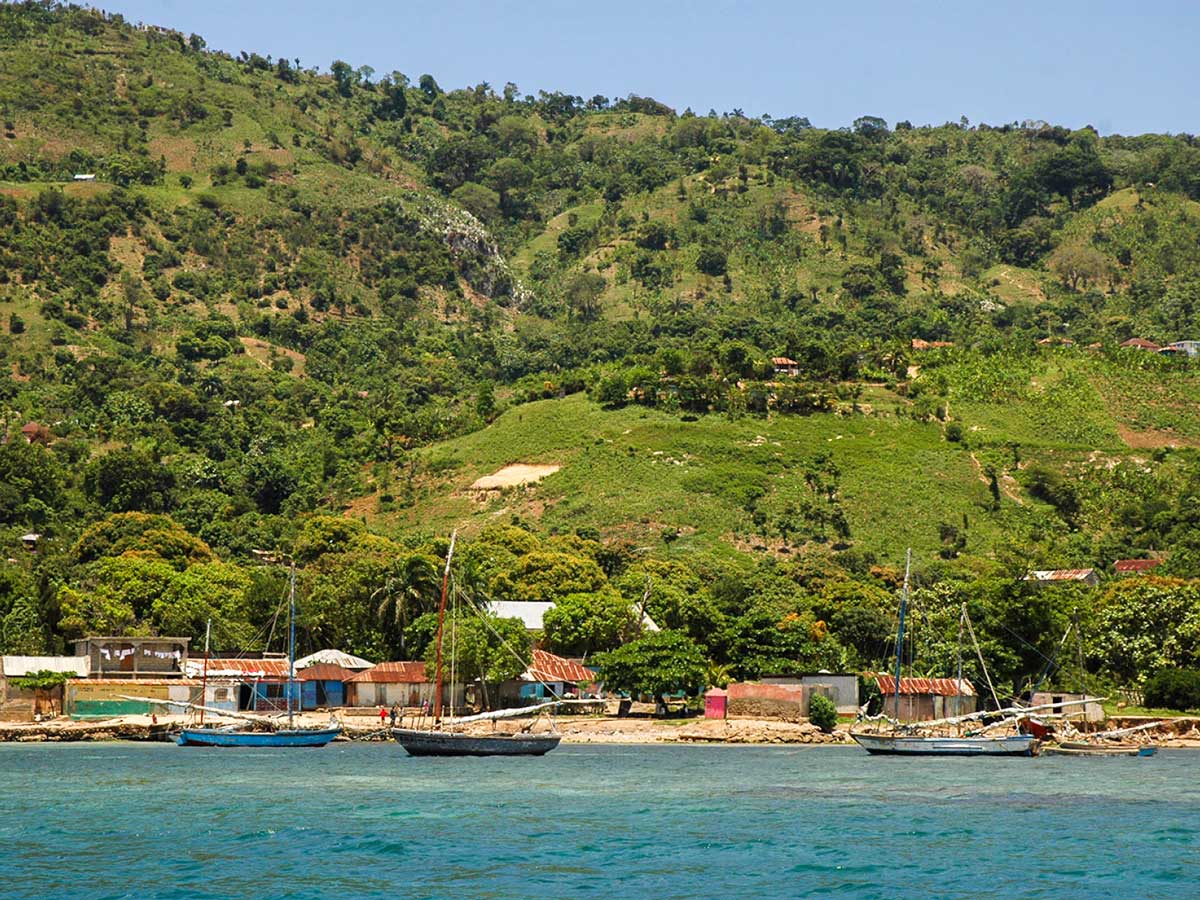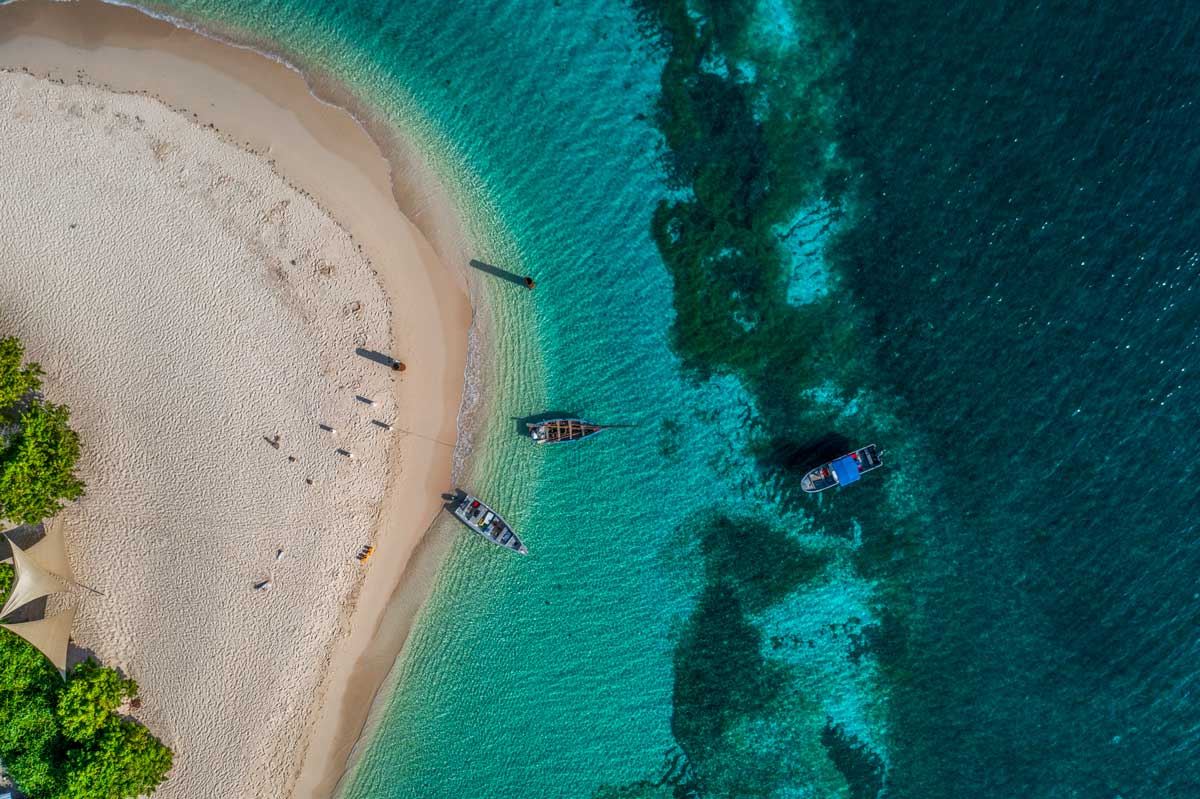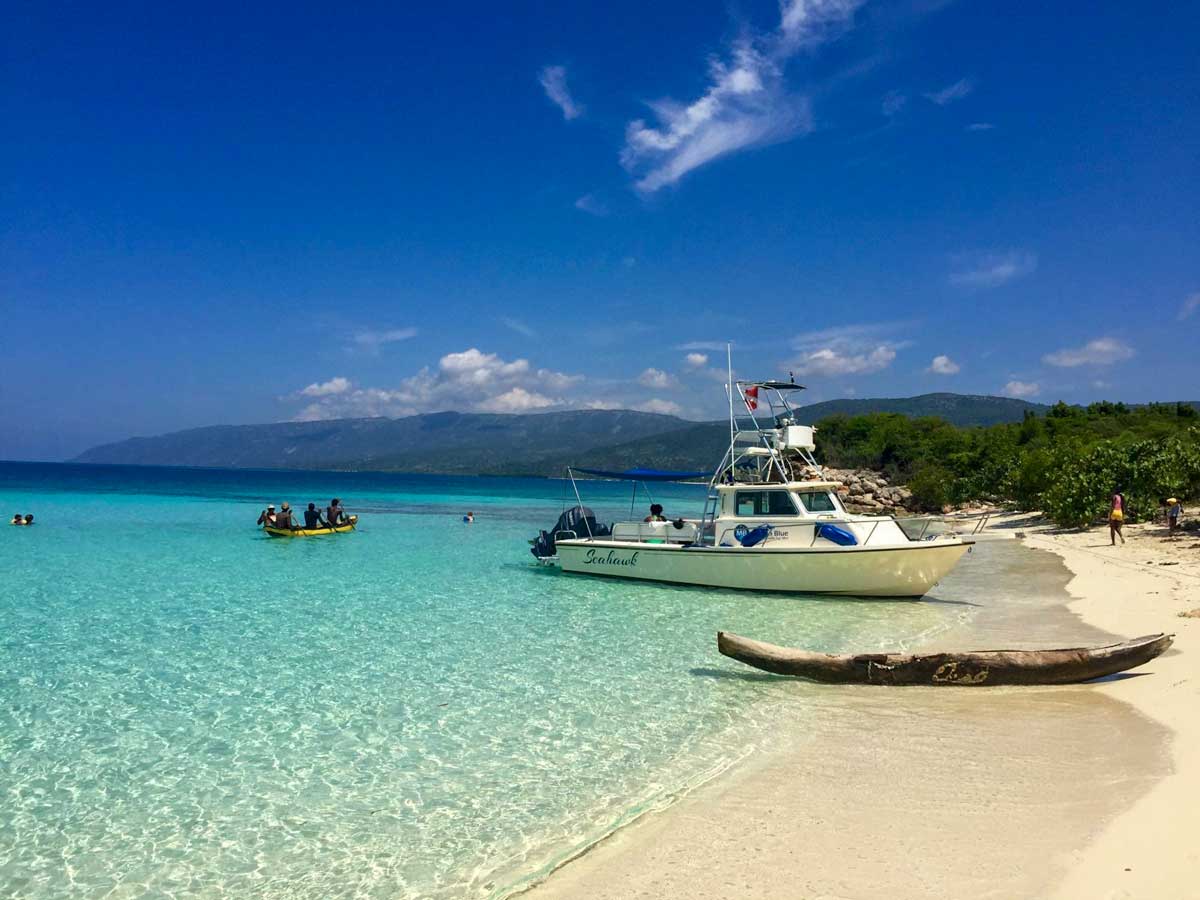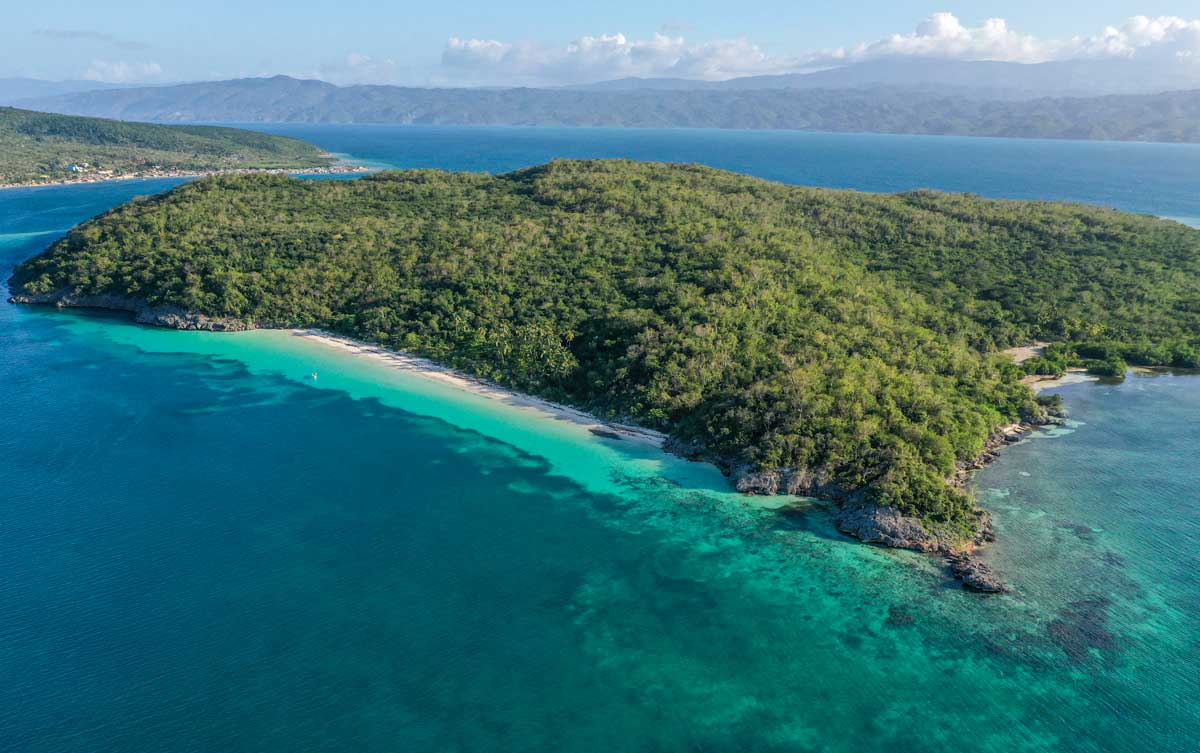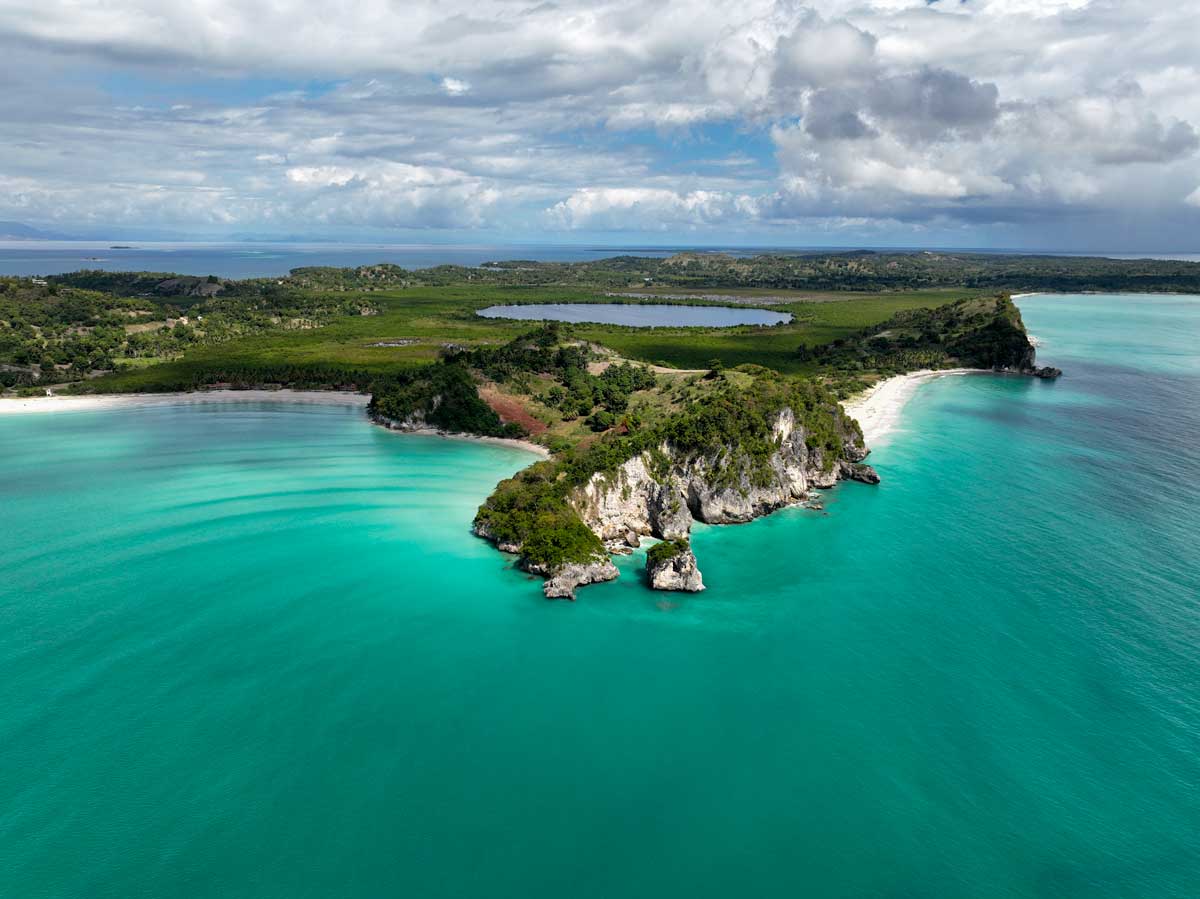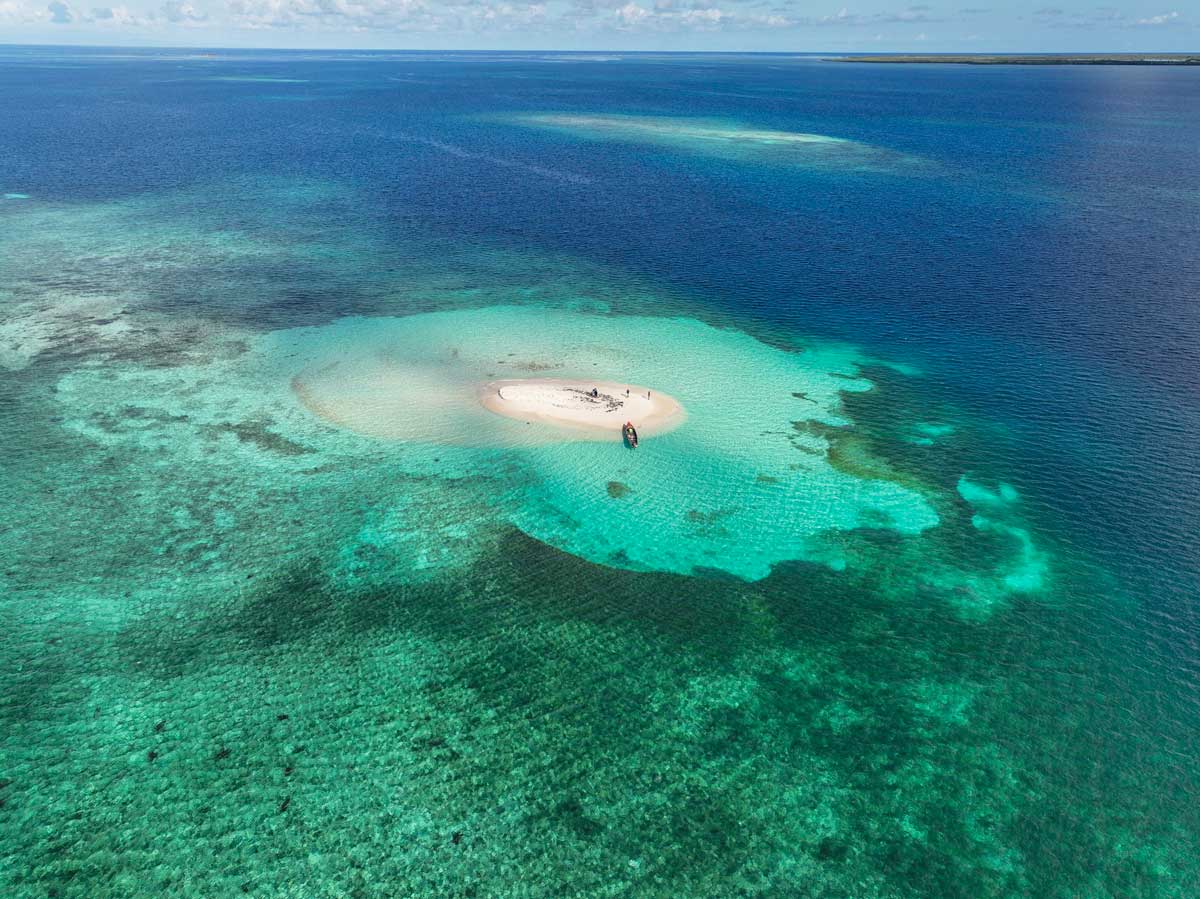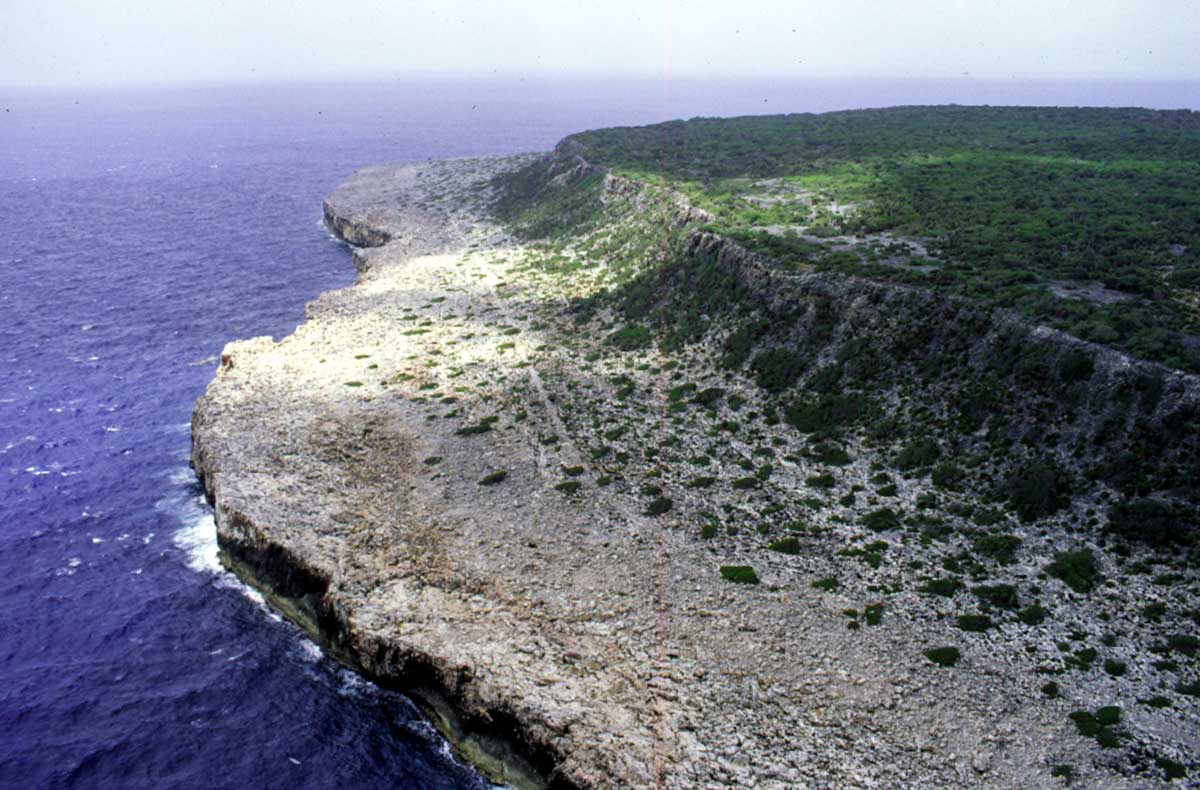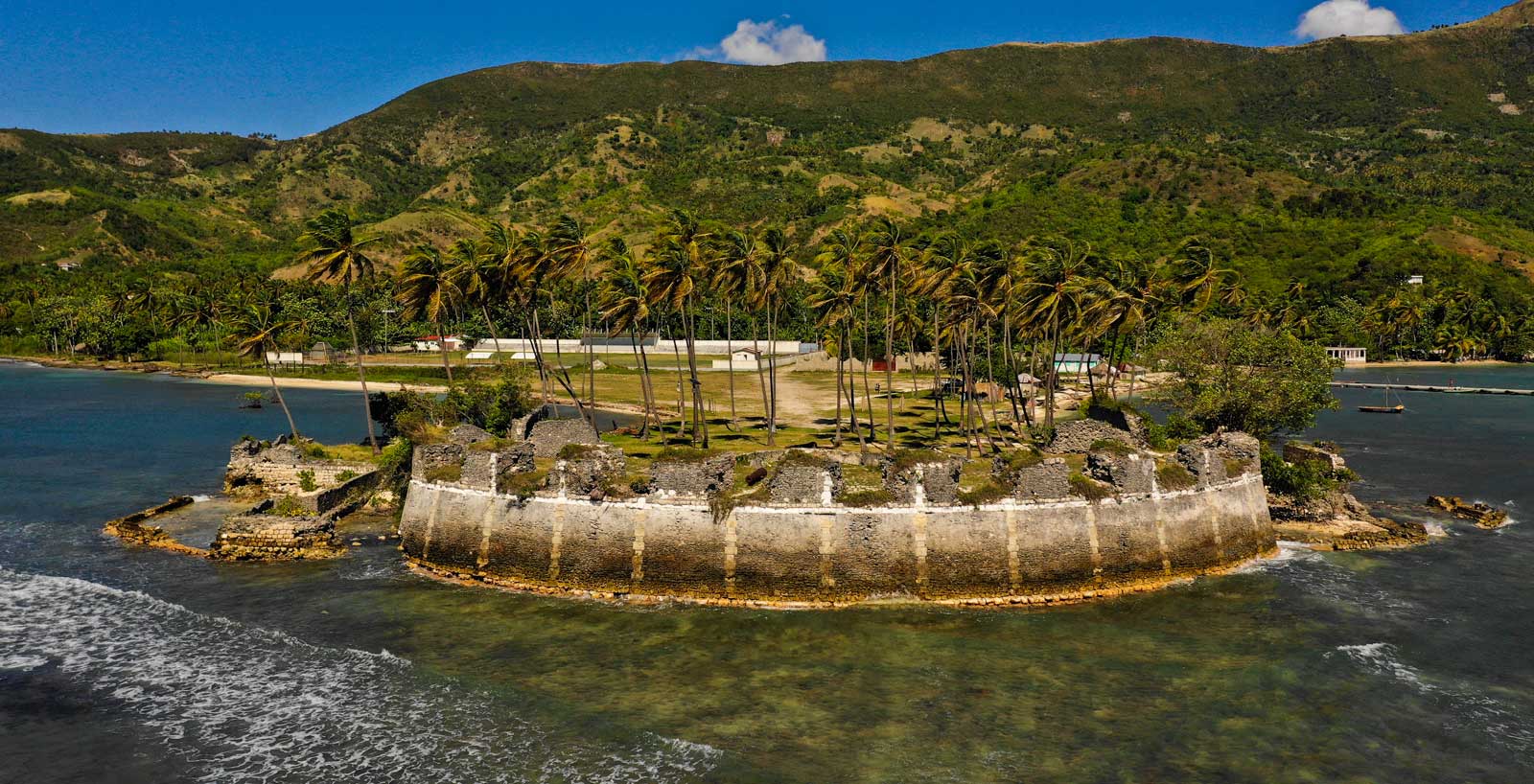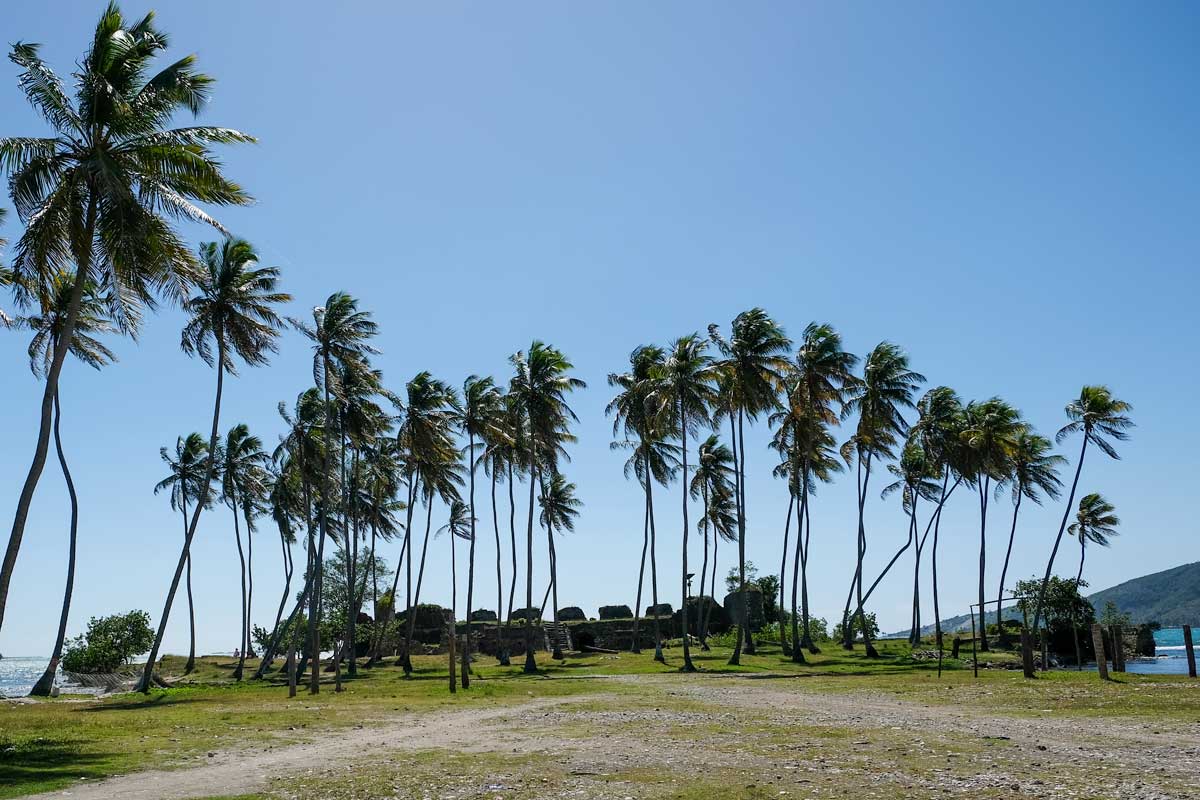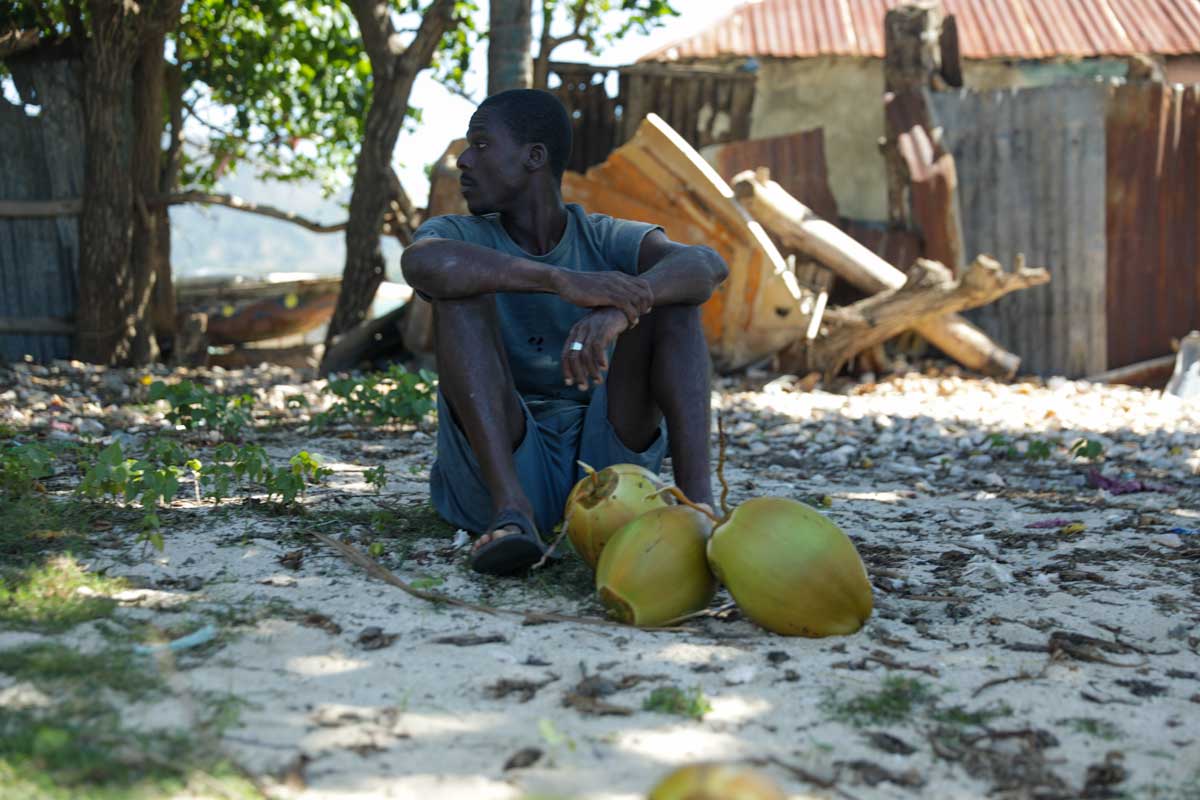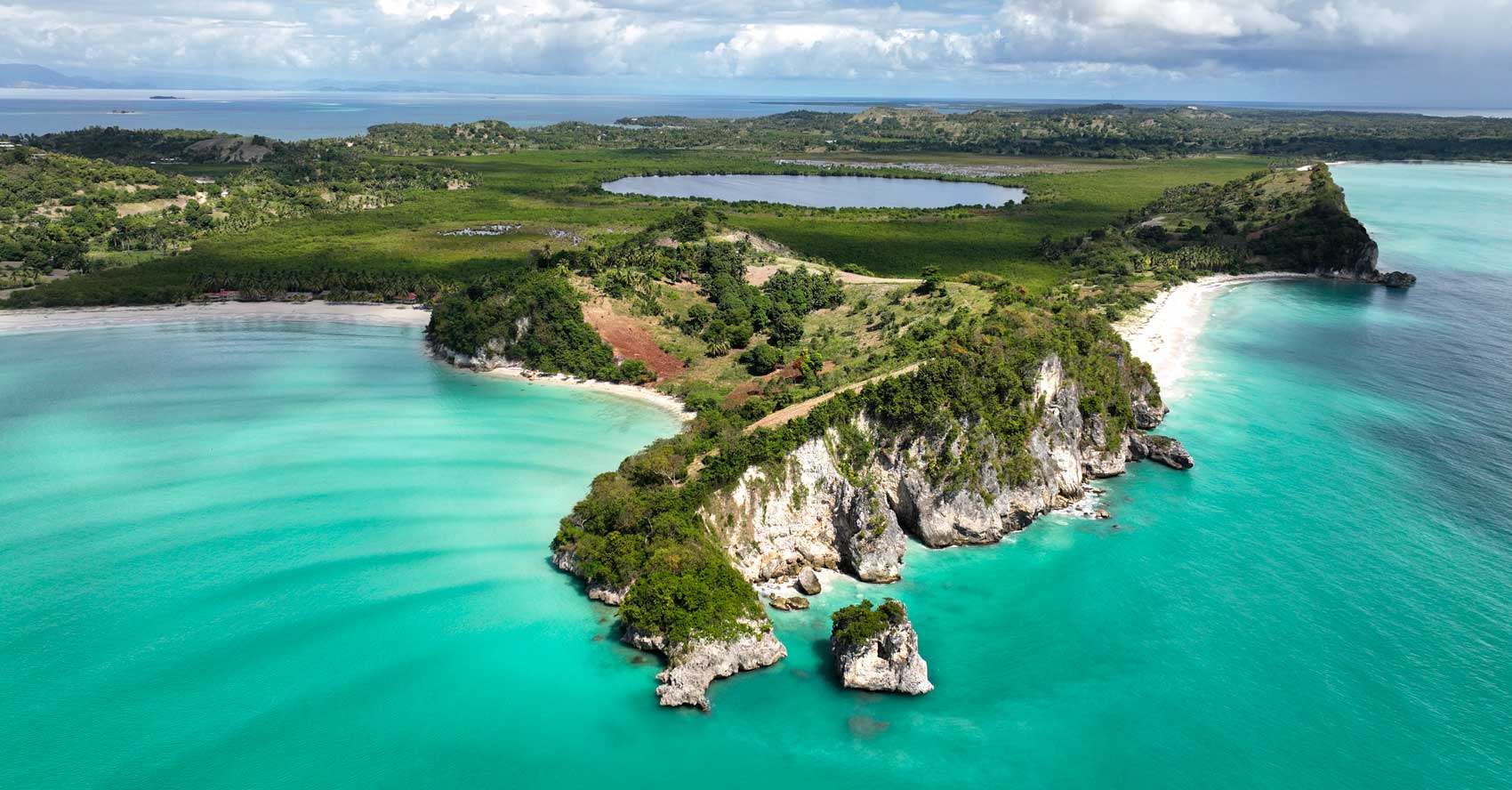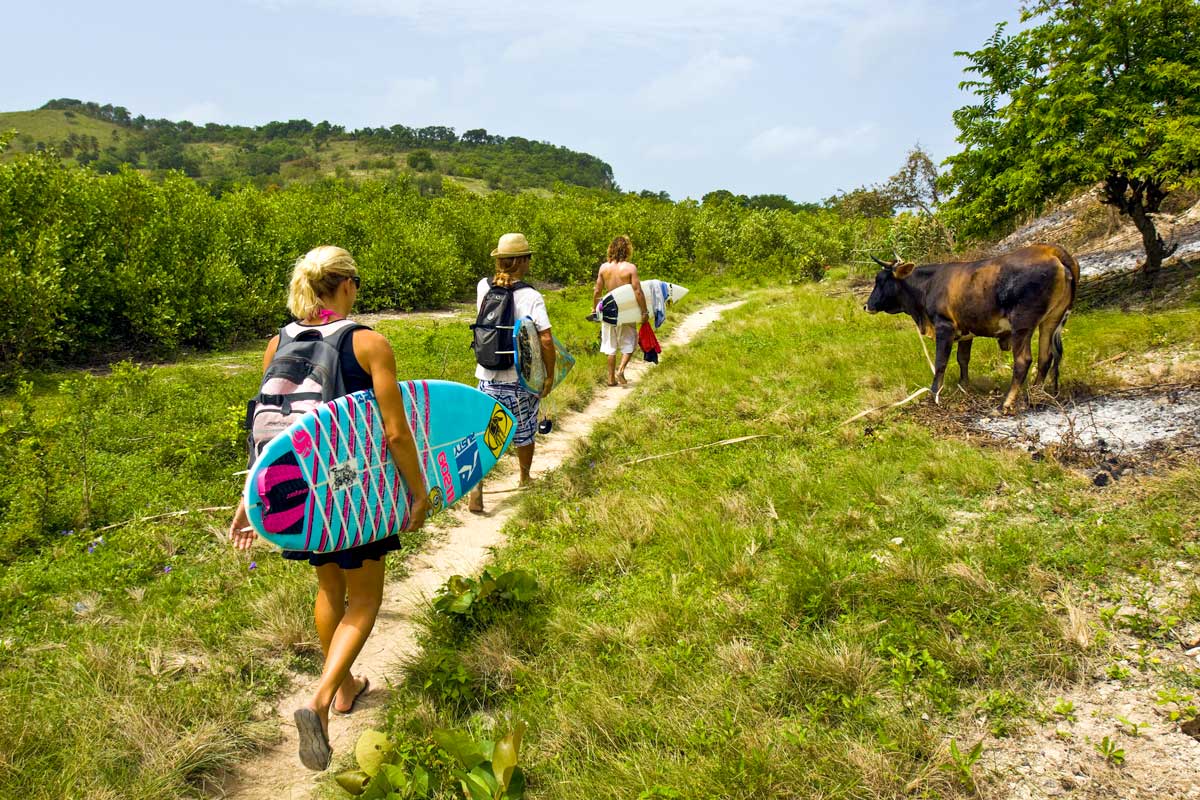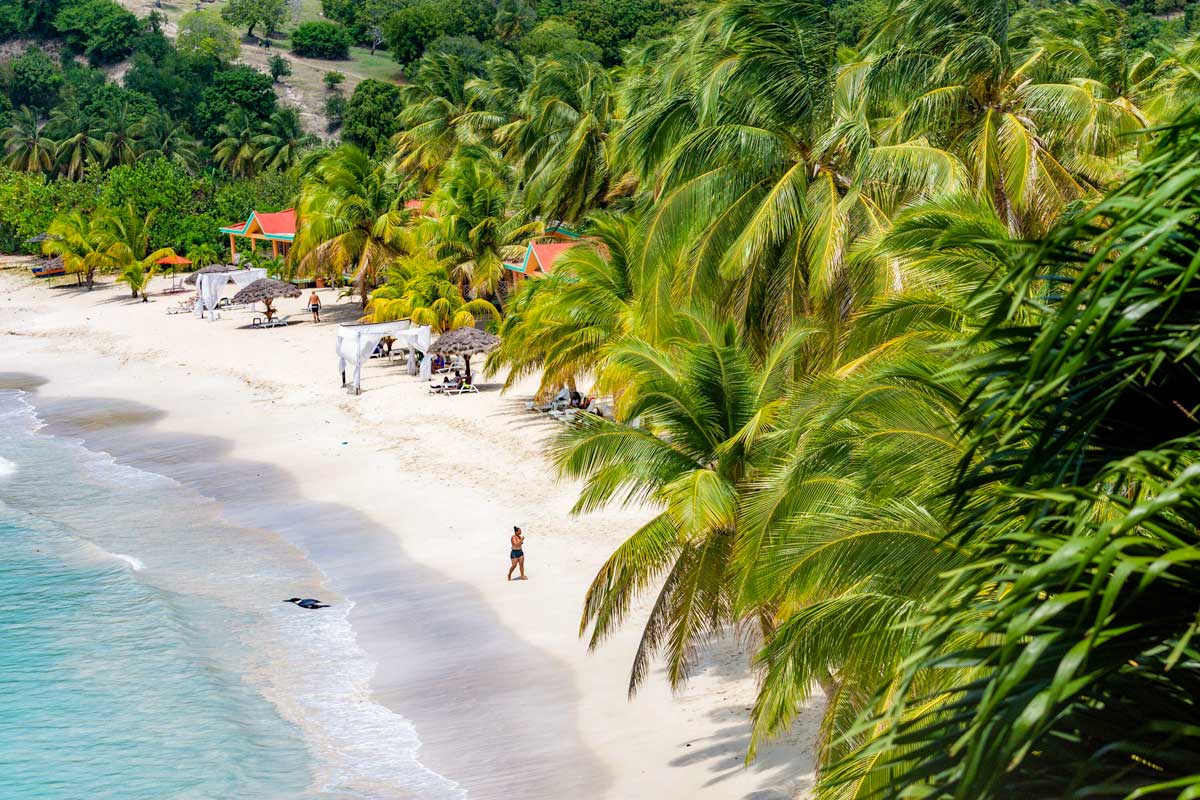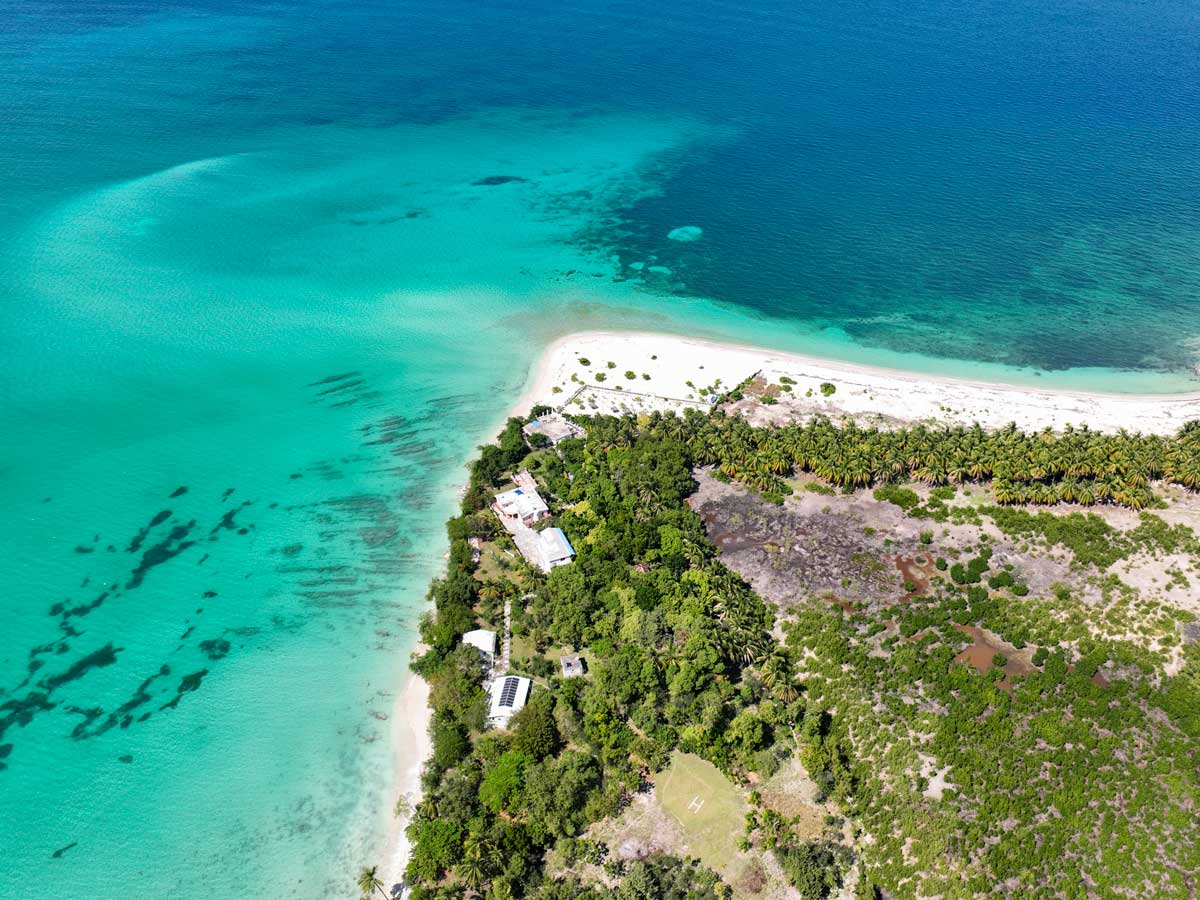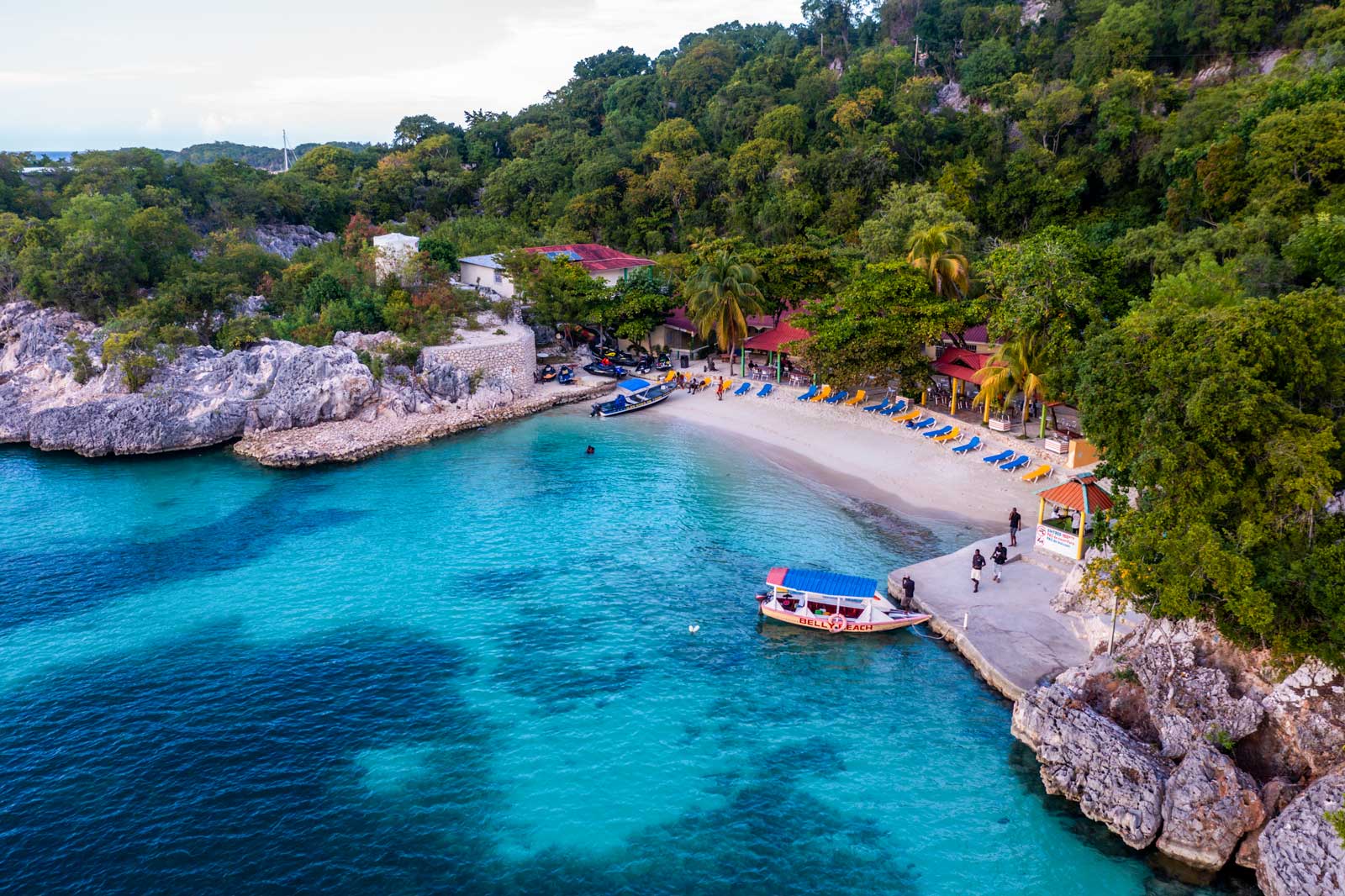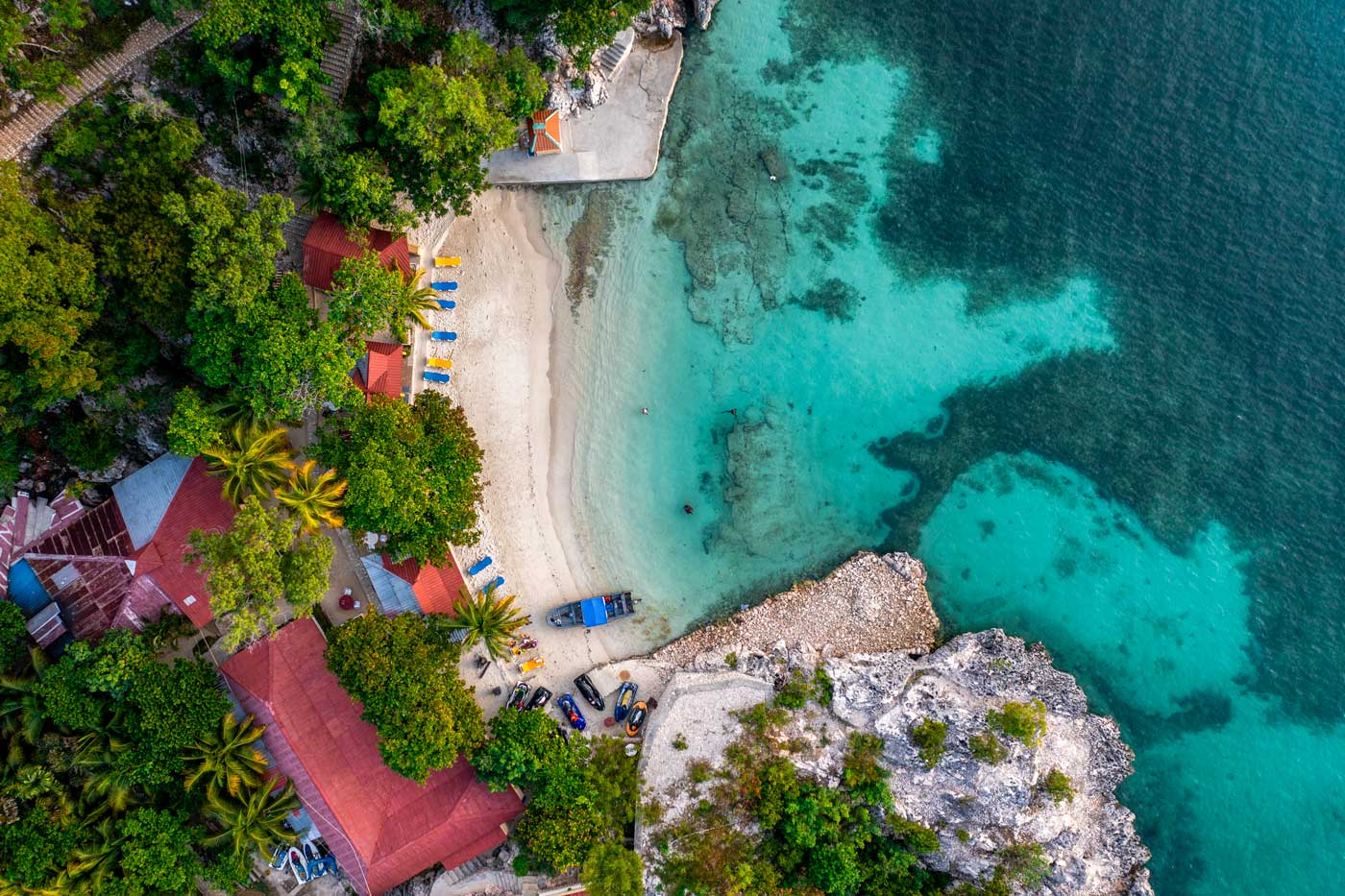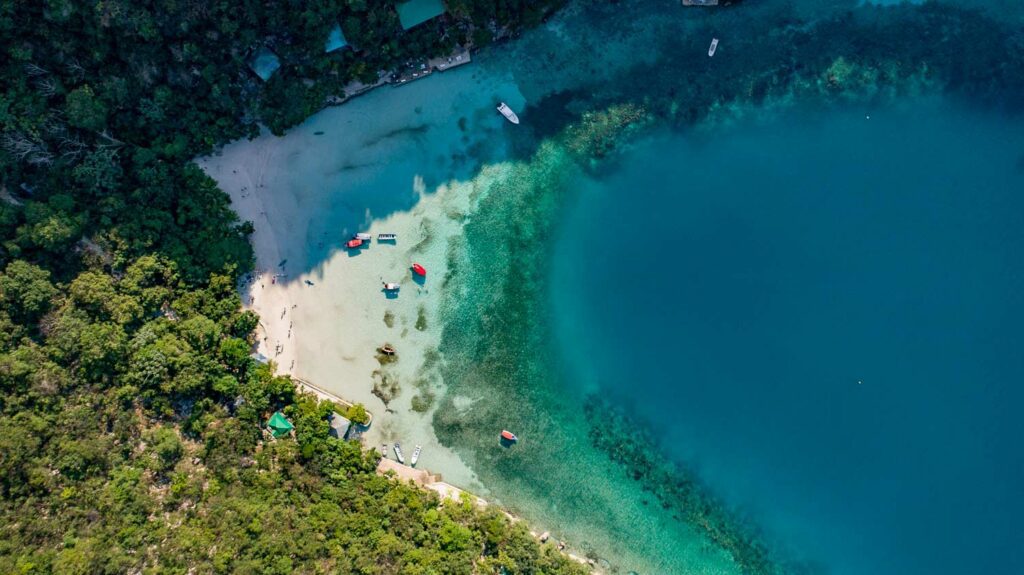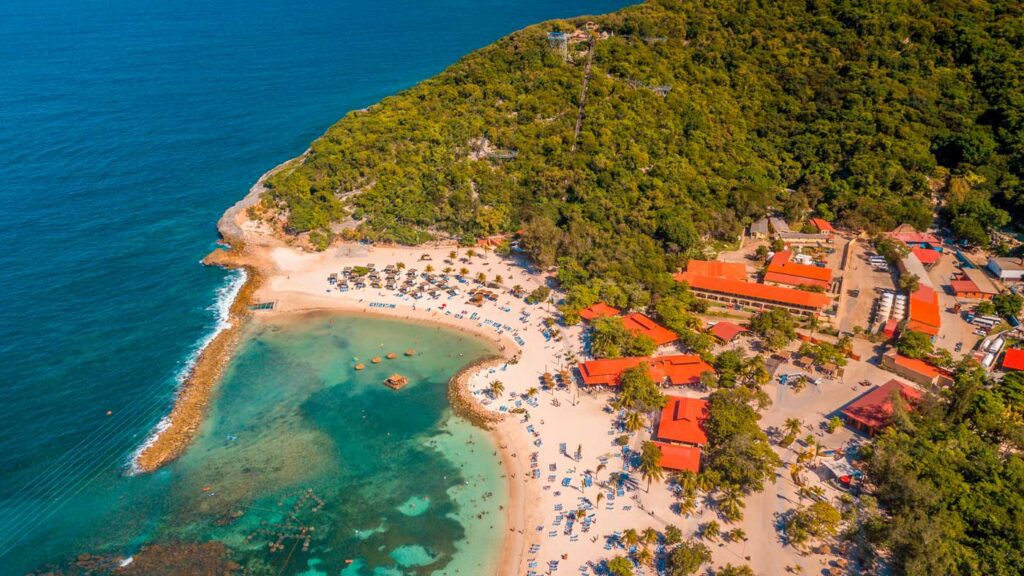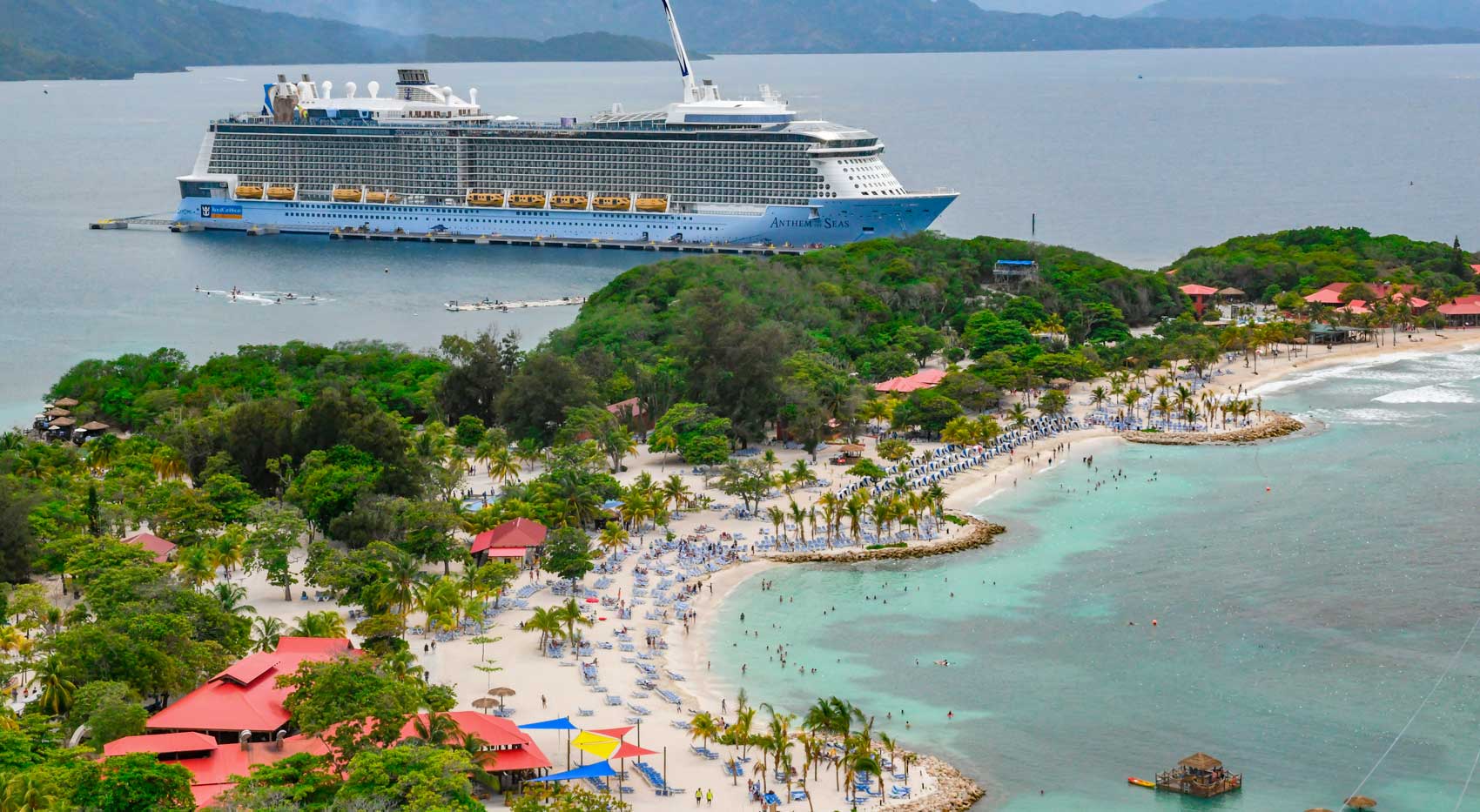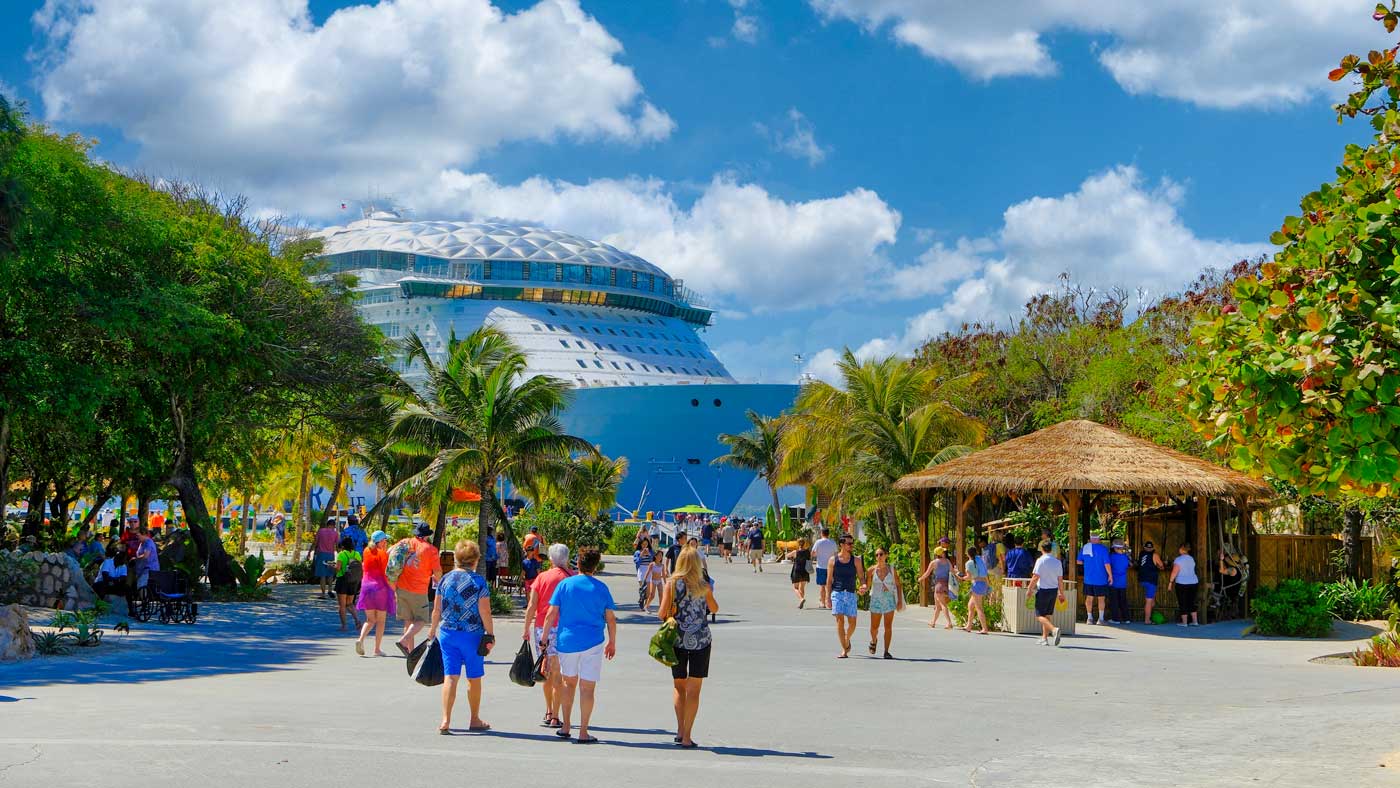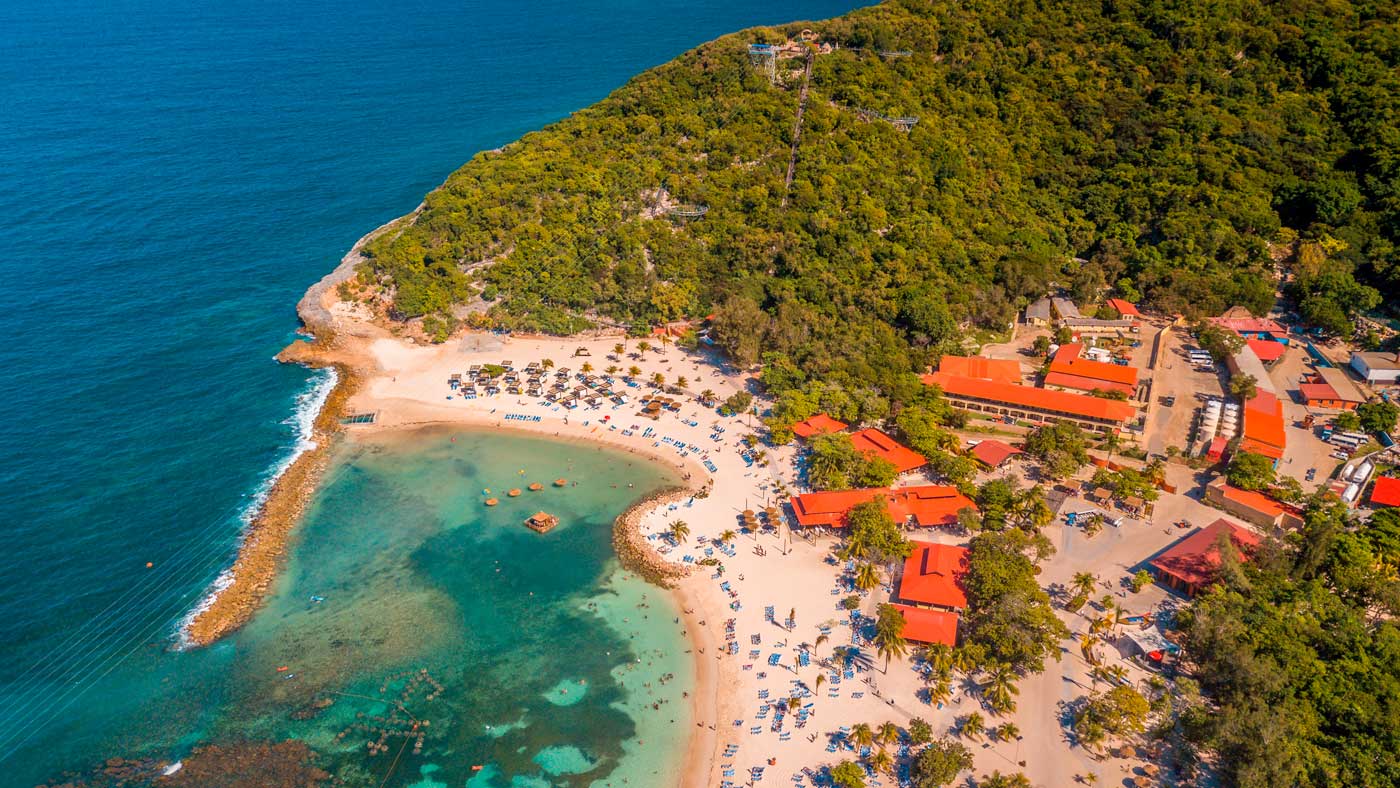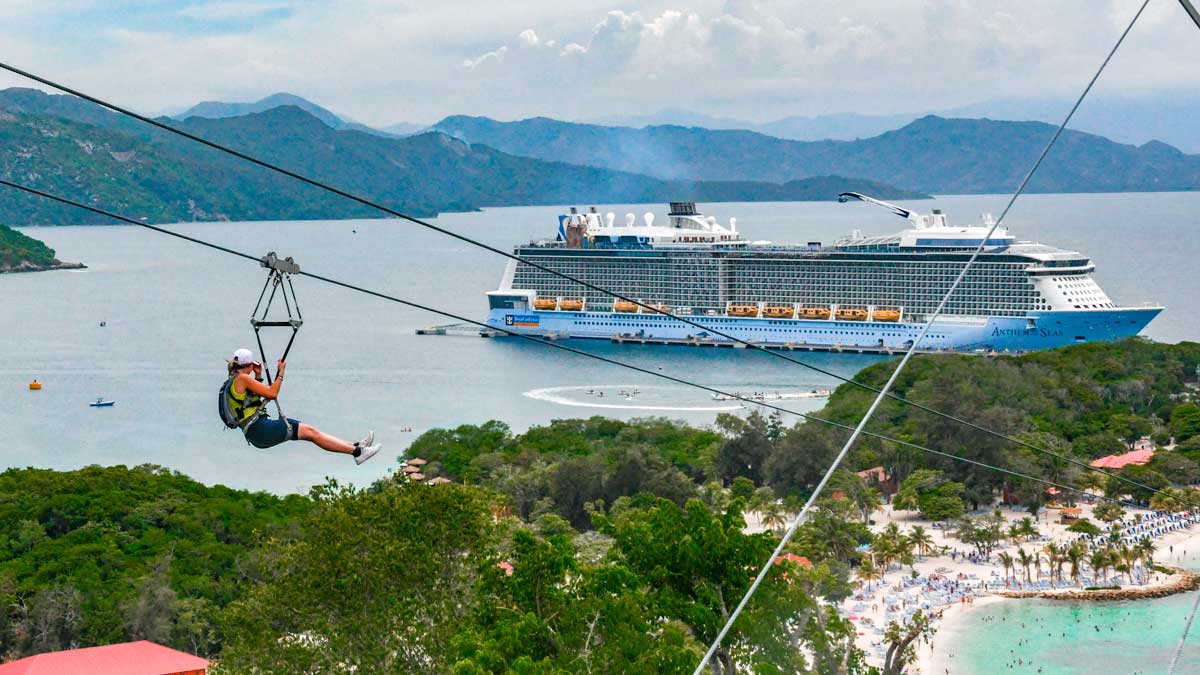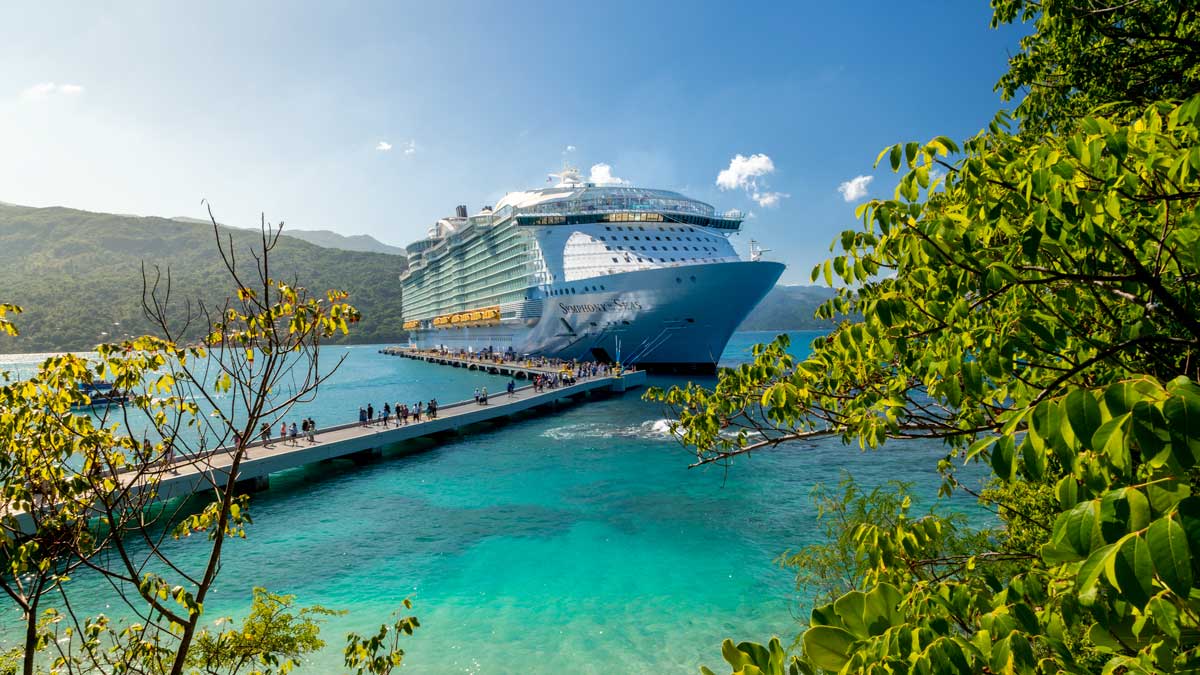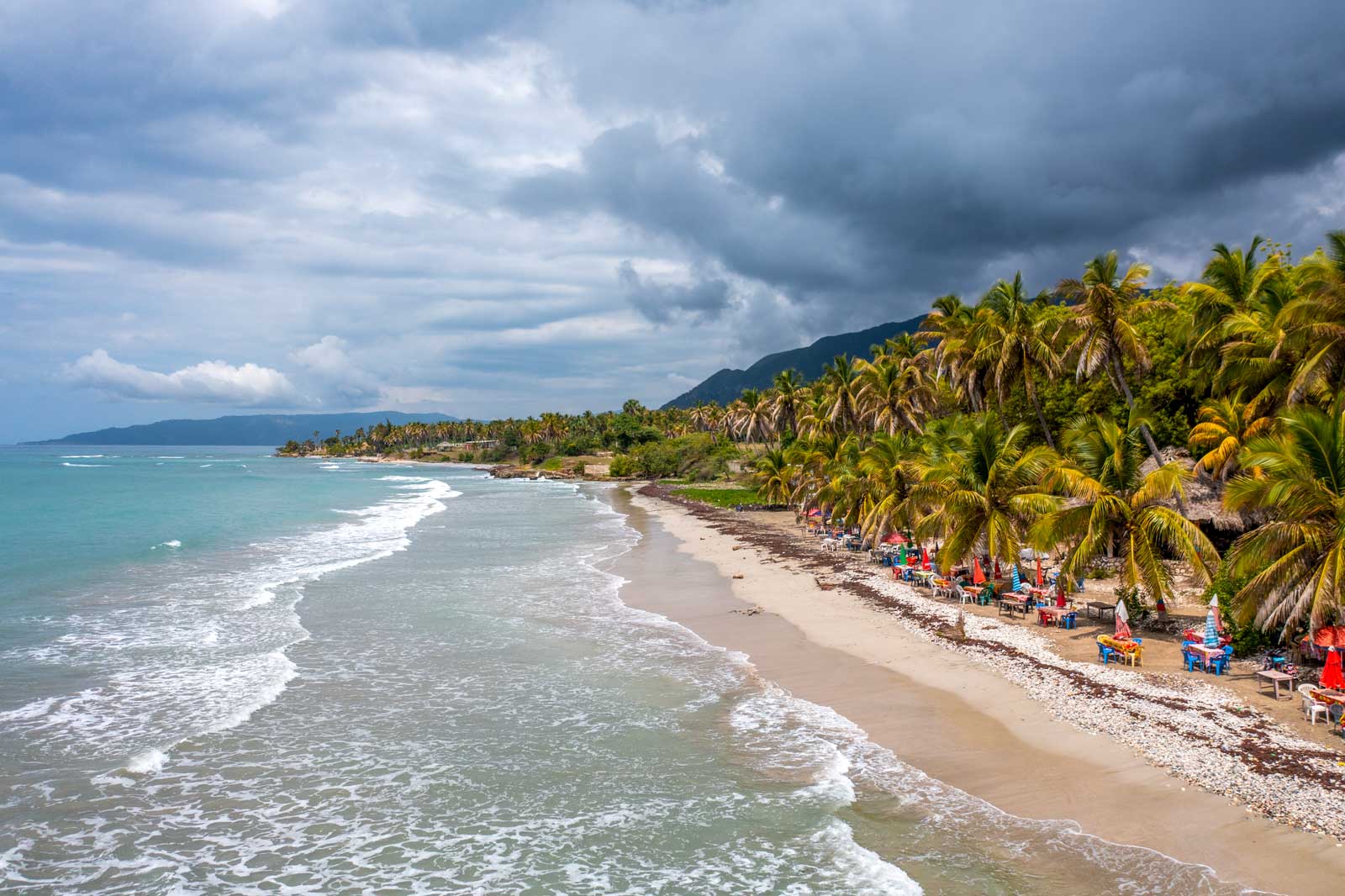
Photo: Jean Oscar Augustin
Six Beaches Near Jacmel That Feel Like a Dream
Quiet sands, clear waters, and not a resort in sight. These are Jacmel’s best-kept beach secrets — for now.
Jacmel may be known for its historic gingerbread houses, art-soaked streets, and a Carnival that rivals any in the Caribbean — but venture just beyond the city and you’ll find a coastline that feels practically untouched. The beaches in and around Jacmel offer a wildly diverse escape: from cove-like inlets where goats nap in the shade, to secret stretches of sand only accessible by boat. Whether you’re chasing the thrum of weekend parties or the stillness of early-morning solitude, this sun-warmed corner of Haiti delivers. These are six of our favourite beaches near Jacmel — each one a different shade of quiet, salt-kissed magic.
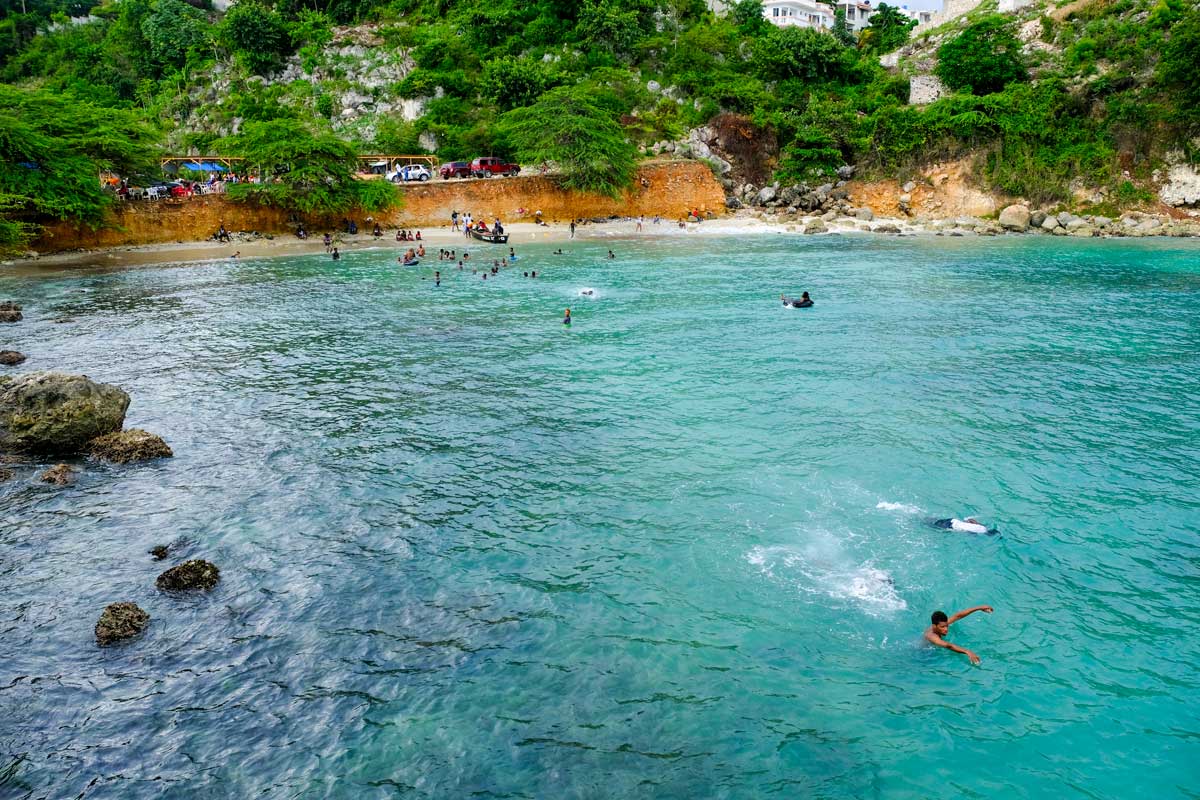
Photo: Franck Fontain
1. La Saline
Best for: golden-hour snacks and peaceful weekday swims
A short moto ride (or 30-minute stroll) from downtown Jacmel, La Saline unfolds just past the city’s grand cemetery, nestled between residential quiet and ocean breeze. Flanked by big hillside villas and the occasional bleating goat, this cove-shaped beach stays mostly deserted on weekdays — the perfect setting for a salt-sweet swim and a moment of stillness. The water’s clear and calm, the kind that invites you to wade in slowly and forget what time it is.
On weekends, La Saline shifts. Street-food vendors pop up with fried breadfruit, cold Prestige, and scratchy speakers playing konpa classics. Locals arrive in groups, staking out shaded corners of sand, sharing snacks, maybe even dancing. If you’re lucky (or intentional), you might time your visit with a full-on summer party — sound systems, swimming, and all. But come any other day, and the beach is yours.
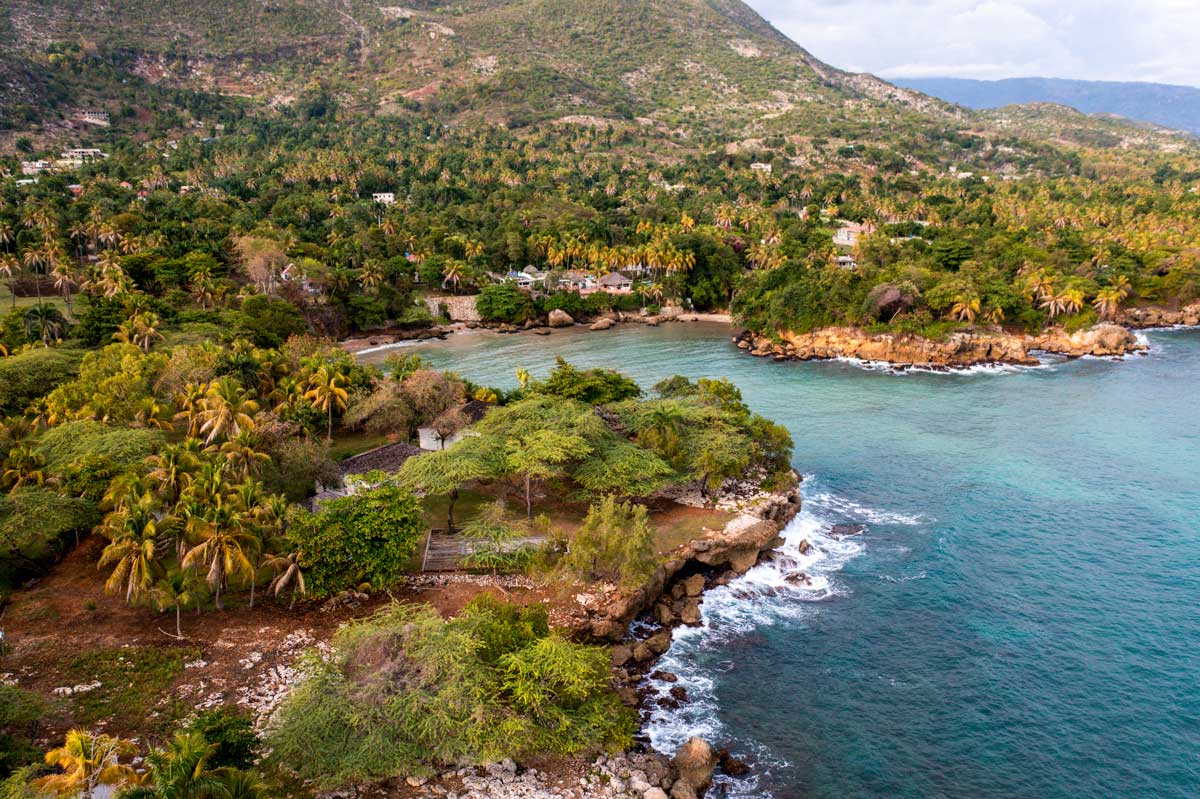
Photo: Jean Oscar Augustin
2. Cyvadier Plage
Best for: a quiet swim followed by lobster and rum punch
Tucked into a rocky cove about 20 minutes from Jacmel, Cyvadier Plage is less of a beach and more of a secret. Hidden below the Hotel Cyvadier, the only way down is through the property — and then down a steep, winding staircase that spills out onto a sliver of soft sand and sea. It’s tiny, yes, but impossibly serene. Giant rocks frame the water like sculptures, and the cove’s natural curve keeps it calm and swimmable. On any given afternoon, you’ll find only a few hotel guests stretched out under the sun, maybe a pair of local kids casting fishing lines from the rocks.
This is the place to slow things down. Order a rum sour or the hotel’s famous lobster gratiné, and let the afternoon melt. There’s paddleboarding if you’re feeling ambitious, or snorkels if you want to float and spy. But really, Cyvadier is best experienced from one of those rocks — still salty from your swim, watching the sun slip behind the cliffs, wondering how such a small beach can feel like its own world.
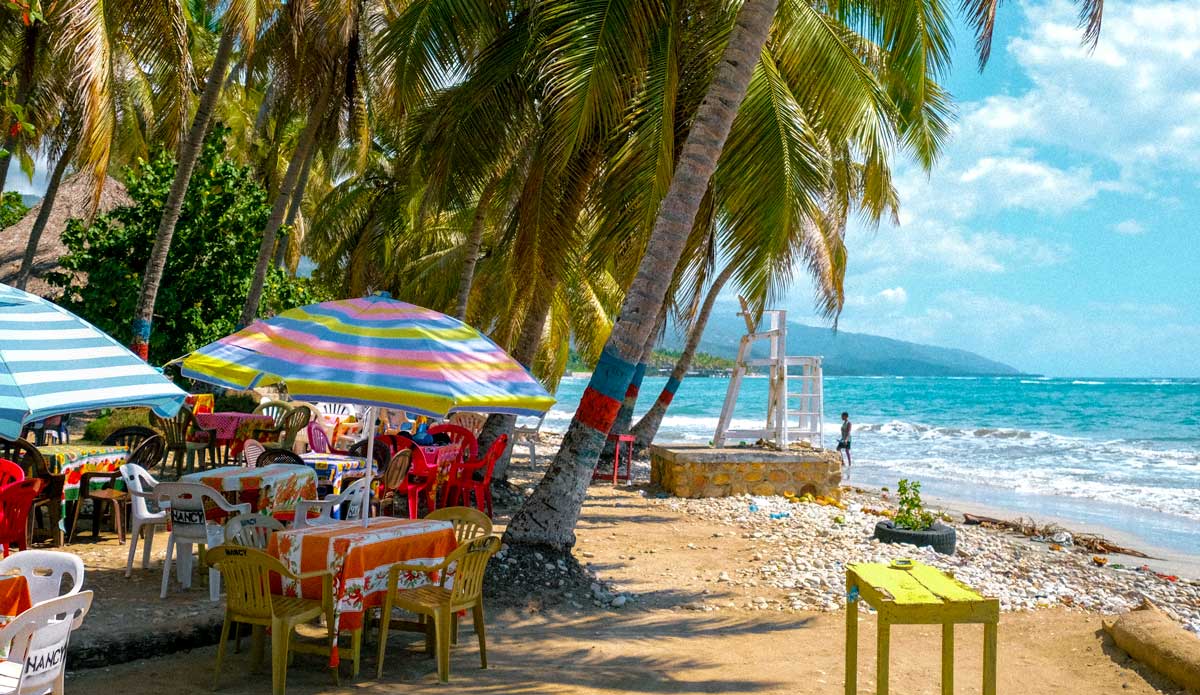
Photo: Jean Oscar Augustin
3. Raymond Les Bains
Best for: seafood feasts and people-watching
A 30-minute ride from Jacmel will land you at Raymond Les Bains — a name that rings out far beyond Haiti’s southern coast. More than just a beach, it’s a living, breathing rhythm of music, grilled seafood, and sun-dappled chaos. Tables with sun-bleached parasols dot the shoreline, each vendor staking out a patch of sand with creaky chairs and bright wax-printed tablecloths. No printed menus, just voices calling out promises of lambi, grilled lobster, octopus, fried plantains, and spicy pikliz. It’s part lunch spot, part open-air market, part party — with DIY bracelets, paintings, and fried shrimp circling the beach in the arms of roaming vendors.
Weekends here are wild — boom blasters in full force, kids darting through the surf, families feasting in clusters beneath coconut palms. There’s always someone trying to win you over to “their” table, and you’ll rarely have a quiet moment to yourself — but that’s the point. This is a beach made for mingling, snacking, and soaking up the full spectrum of local flavor. If you want something quirky to sip, ask for the wonm ak pistach — toasted peanuts and a generous pour of rum served in a plastic cup. Afrodisiac or not, it hits.
If Raymond Les Bains is your vibe, wait till you see the rest of the best beaches in Haiti!
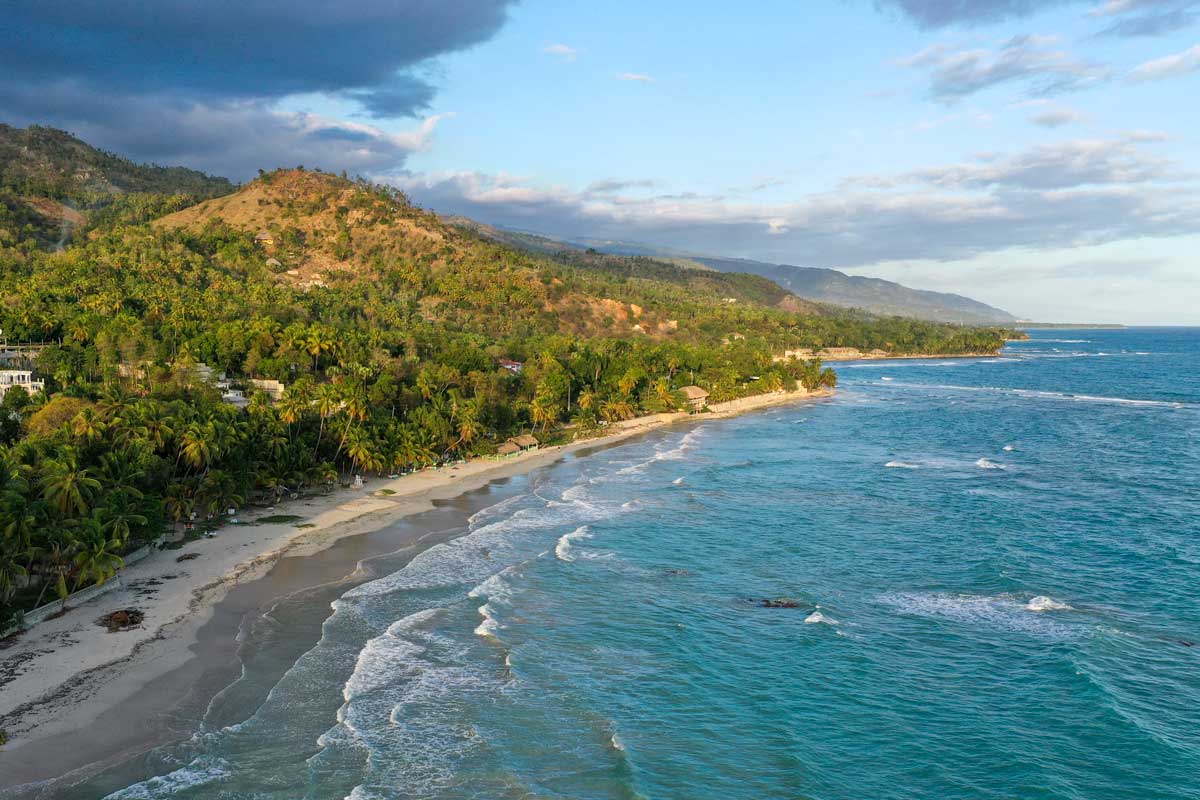
Photo: Anton Lau
4. Ti Mouillage
Best for: barefoot solitude and postcard-perfect sunsets
Forty minutes from Jacmel’s center, tucked along the coast of Cayes Jacmel, Ti Mouillage is one of those beaches that feels like a well-kept secret — not because it’s hidden, but because no one seems to go. A vast, golden stretch of sand visible right from the roadside, it’s the kind of beach that anywhere else in the Caribbean would be overrun. Here, it’s just you, the wind, and the sound of waves folding onto the shore. Locals play volleyball in the afternoons, and if you’re lucky, you might spot the skeleton of a wooden boat mid-construction — a reminder that this is a working coastline as much as a beautiful one.
The water stays shallow for a good while before dropping off sharply, so keep your swim close to shore — but don’t skip it. Ti Mouillage is clean, calm, and wide open, perfect for floating with a view of the tree-lined bay. There are a couple of beachside shacks selling drinks (and maybe food, if you’re there on the right day), but the charm here lies in the quiet. Come at sunset for a sky drenched in warm, syrupy light, or in the morning if you want the whole beach to yourself. Just bring a towel, a bottle of kleren, and the kind of book you won’t mind abandoning to stare at the sea.
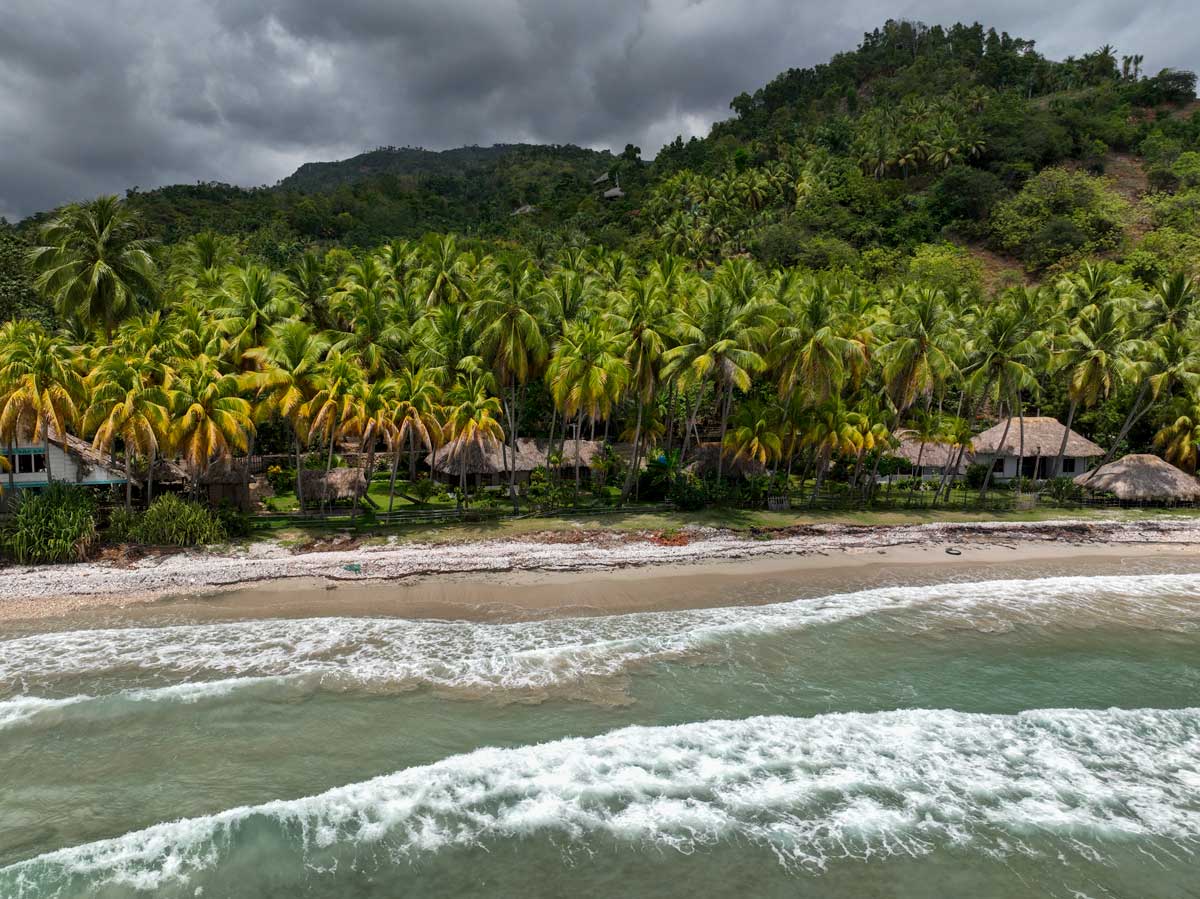
Photo: Anton Lau
5. Kabik
Best for: beginner surf sessions and bungalow daydreams
Just a five-minute walk up the coast from Ti Mouillage, Kabik shifts the mood entirely. This pebbled stretch of shoreline isn’t ideal for barefoot beach bumming — pack your flip-flops — but what it lacks in sand it makes up for in surf. Known as one of Haiti’s top surf spots, Kabik draws a quiet but devoted crew of local wave-chasers. The nearby Surf Haiti outpost offers board rentals and lessons, and if you’re not quite ready to paddle out solo, brothers Samuel and Samson are the go-to guys for gear, tips, or a freshly cut coconut (250 gourdes, if you’re wondering).
Just above the shore, a handful of thatched-roof bungalows sit under the palms, framed by a crooked wooden fence and a patch of wind-ruffled grass. It’s the kind of place that feels lifted from a postcard — all faded charm and sea-salted stillness. There’s no music, no vendors, no buzz. Just the occasional truck winding along the road toward Marigot, and the rhythm of the waves rolling in. If you’re into surfing — or just the idea of waking up somewhere that smells like coconuts and sea breeze — Kabik’s the spot.
Want more than a beach day? See why surfers are chasing swells all over Haiti.
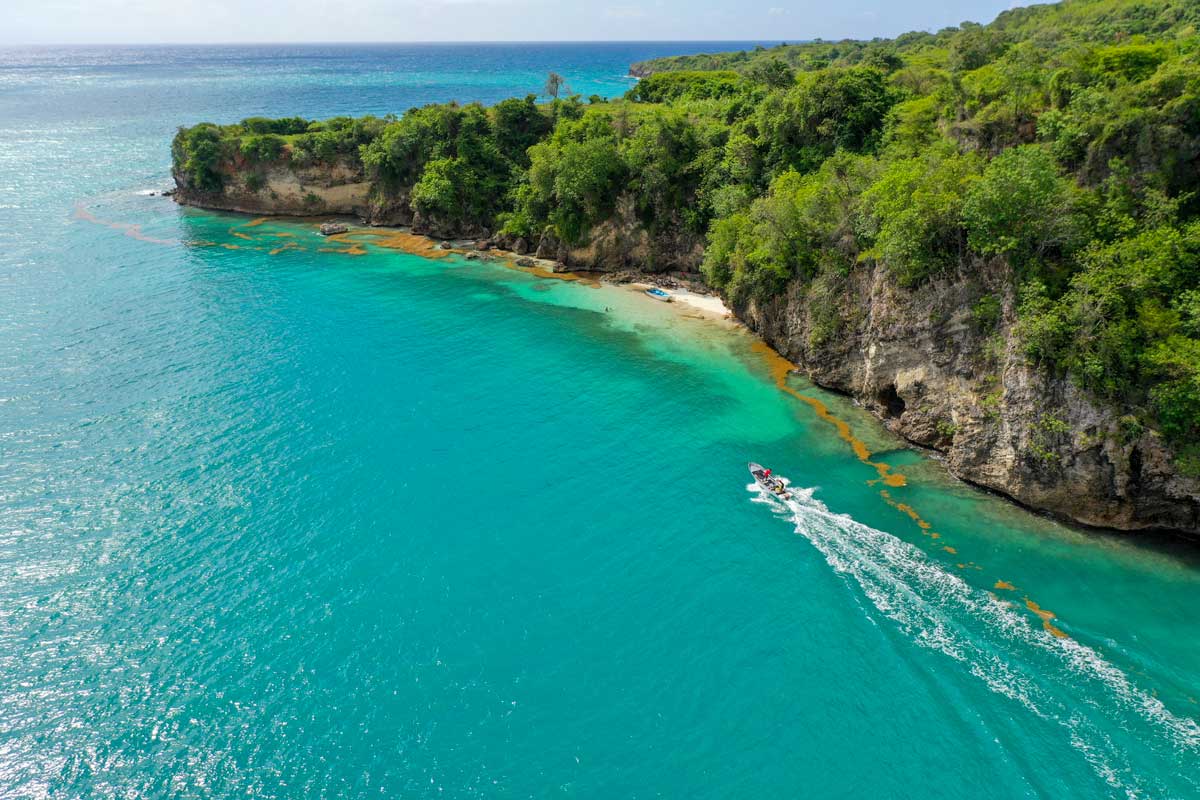
Photo: Anton Lau
6. Plage Baguette
Best for: castaway fantasies and uninterrupted swims
Accessible only by boat — a 20-minute ride from Jacmel’s Lakou New York coastal boardwalk — Plage Baguette is the kind of beach that doesn’t show up on maps or itineraries. Fringed by towering cliffs on one side and nothing but open sea on the other, this sandy stretch sits directly across from Jacmel’s coast, offering a reverse postcard view of the city you just left behind. You won’t find any roads, trails, or shortcuts — there’s no getting here on foot or by moto. Just water, wind, birds overhead, and the occasional fishing boat gliding past.
It’s the kind of place that turns silence into luxury. With no vendors or built-up amenities, you’ll need to bring everything with you — snacks, drinks, and sense of time. Swim safely in the calm shallows or just float and watch pelicans cruise by. Come in the early afternoon for a touch of shade from the cliffs, or earlier if you’re chasing full sun. Named after the remote area it belongs to, Plage Baguette also hides nearby relics of the past — a barely-visible colonial fortress and a forgotten waterfall, reachable only with extra boat stops. But even without venturing further, the beach alone feels like a reward for making the journey.
This isn’t the only beach you’ll wish you’d kept to yourself. Discover more of Haiti’s almost secret beaches!
Top things to see in Haiti

Paradise for your inbox
Your monthly ticket to Haiti awaits! Get first-hand travel tips, the latest news, and inspiring stories delivered straight to your inbox—no spam, just paradise.



